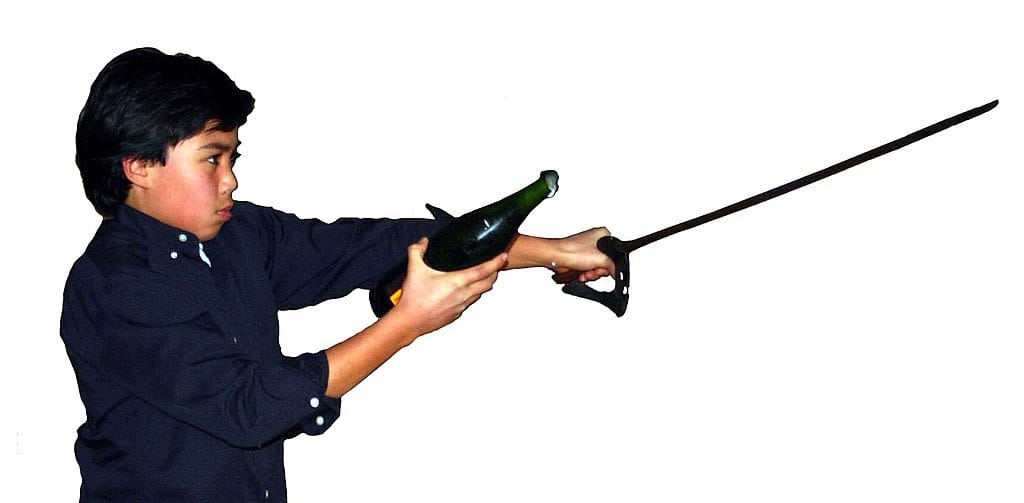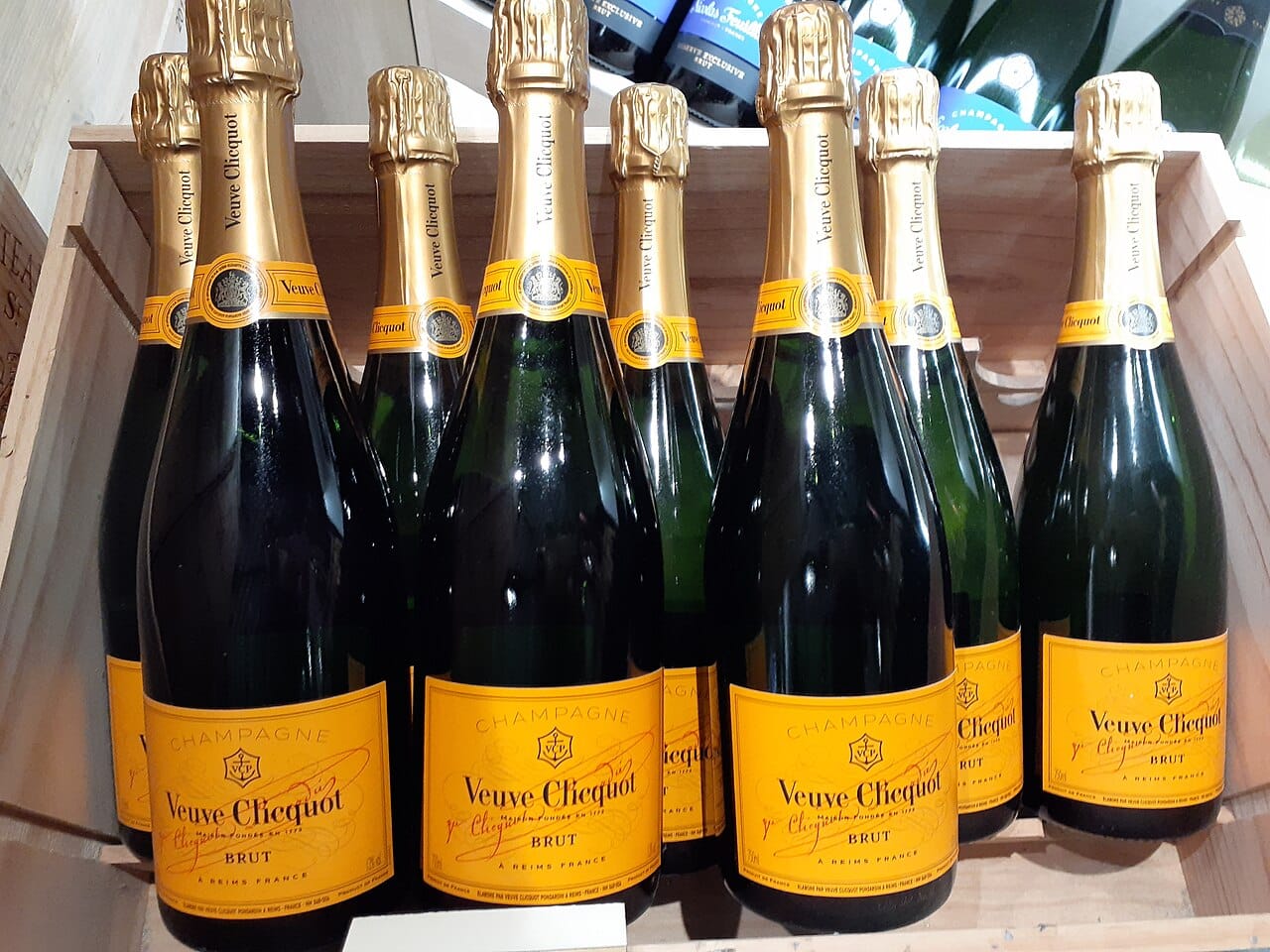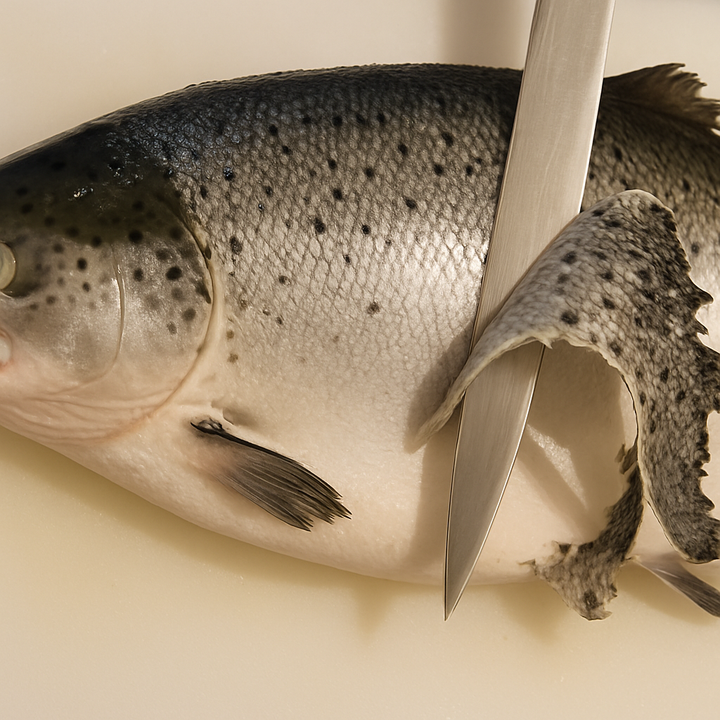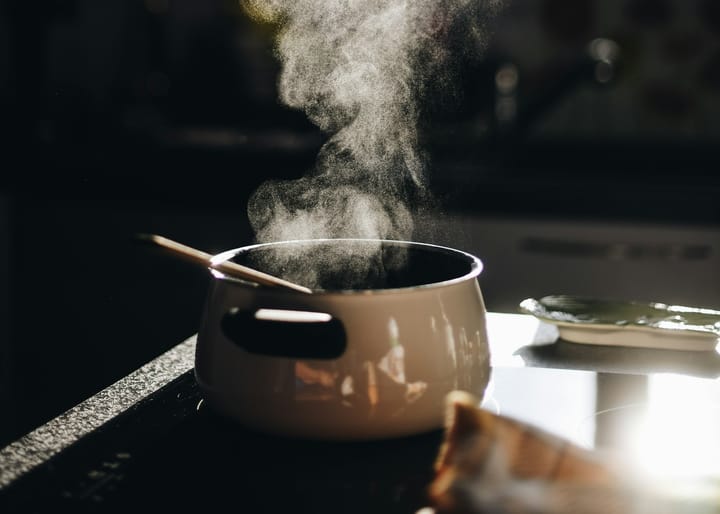Champagne Sabering: Myths, Legends, and History
The origins of Champagne sabering, wrapped in legends involving Napoléon Bonaparte and his cavalry officers, add a magical touch to celebrations, from christening ships to marking special occasions.

The origins of Champagne sabering are wrapped in legends. Some say it was Napoléon Bonaparte, celebrating victories post-French Revolution, or perhaps his cavalry officers, who opened bottles with swords while on horseback.
Another tale involves a defeated soldier breaking a bottle in frustration, while a romantic version credits Madame Clicquot, who took over her husband's Champagne house at twenty-seven.
The truth might be that no single person invented sabrage. Champagne's rich traditions and myths enhance its celebratory nature, just as Dom Pérignon’s supposed invention adds to its allure.
Whether christening a new ship or marking a special occasion, the magic of Champagne bubbles inspires joy and celebration.
Let's explore these enchanting legends of Champagne sabering.
Origins and History
The Hussars of the Napoleonic Wars

The most widely accepted origin of champagne sabering dates back to the Napoleonic Wars in the early 19th century.
The Napoleonic Wars, spanning from 1803 to 1815, were a series of major conflicts pitting the French Empire led by Napoleon Bonaparte against various European coalitions.
These wars were characterized by rapid maneuvers, bold strategies, and a significant impact on European political and military landscapes.
Cavalry Officers with Flair
Among Napoleon’s forces were the Hussars, an elite group of light cavalry officers known for their daring, speed, and flamboyant uniforms.
The Hussars were originally Hungarian cavalrymen, but their reputation for excellence led many European armies, including the French, to adopt and adapt their style and tactics.
By the time of the Napoleonic Wars, the Hussars were renowned for their audacity and panache, both on and off the battlefield.
The Tradition Begins
As the story goes, these cavalry officers would use their sabers to open bottles of champagne in celebration of their victories.
After a successful battle or campaign, the Hussars, dressed in their distinctive uniforms with braided jackets, fur-lined pelisses, and shako hats, would gather to toast their triumphs.
They found that using their sabers to open champagne bottles was not only practical but also symbolically fitting for their adventurous spirit.
The act of sabering became a hallmark of their bravado and joie de vivre.
Napoleon and Champagne
Napoleon Bonaparte himself was a known advocate of champagne. He understood the morale-boosting effects of this luxurious beverage and often rewarded his troops with champagne after victorious engagements.
Napoleon famously stated, "In victory, you deserve Champagne; in defeat, you need it."
This quote encapsulates the dual purpose of champagne as both a reward and a comfort, cementing its place in the military culture of the time.
Symbolism and Practicality
The Hussars’ practice of sabering champagne bottles was both symbolic and practical.
Symbolically, it represented the triumph of skill, precision, and courage over brute force.
Practically, it was an effective way to open champagne bottles quickly, especially in the chaotic aftermath of battle when traditional methods might be cumbersome or unavailable.
Post-Napoleonic Era
The tradition of champagne sabering did not fade with the end of the Napoleonic Wars. Instead, it evolved and spread throughout European society.
The romanticized image of the dashing Hussar sabering a bottle of champagne at a victory celebration captured the public’s imagination.
It became a popular practice among the aristocracy and in military circles, symbolizing celebration, elegance, and a touch of martial prowess.
Madame Clicquot: The Grande Dame of Champagne

Madame Clicquot, born Barbe-Nicole Ponsardin in 1777, is a legendary figure in the history of champagne.
Widowed at the age of 27, she took over her husband's wine business, becoming one of the first women to lead a champagne house.
Under her leadership, the Veuve Clicquot Ponsardin brand flourished and introduced several innovations that revolutionized the champagne industry.
Early Life and Marriage
Madame Clicquot was born into a wealthy and influential family in Reims, France.
In 1798, she married François Clicquot, whose family owned a small champagne house.
François recognized her business acumen and involved her in the operations, providing her with invaluable knowledge and experience.
Becoming the Widow Clicquot
Tragically, François died suddenly in 1805, leaving Barbe-Nicole with a young daughter and a struggling business.
Instead of selling the company, she chose to take the reins, a bold decision that was almost unheard of for women at the time.
She adopted the name Veuve Clicquot Ponsardin ("veuve" meaning "widow" in French) and set out to transform the company.
Innovations and Achievements
Madame Clicquot is credited with several key innovations in the production and marketing of champagne:
- Riddling Table: One of her most significant contributions was the development of the riddling table, which allowed for the efficient removal of sediment from champagne bottles, resulting in a clearer and more consistent product. This method is still used in modern champagne production.
- First Vintage Champagne: In 1810, she created the first known vintage champagne, using grapes from a single exceptional year. This innovation set a new standard for quality in the industry.
- International Expansion: Madame Clicquot was a shrewd businesswoman who recognized the importance of international markets. She successfully exported her champagne to Russia, England, and other countries, significantly increasing the brand's global presence.
The Legend of Sabering Champagne
The story of Madame Clicquot gifting bottles of champagne to Napoleon's soldiers is a testament to her savvy marketing and deep appreciation for her patrons.
According to legend, as the soldiers received their champagne and rode off, they would dramatically saber open the bottles, a practice that became synonymous with celebration and victory.
This tradition of sabering champagne has endured and is still a popular spectacle at festive events.
Legacy
Madame Clicquot's contributions to the champagne industry cannot be overstated.
She not only ensured the survival of her company but also set the foundation for its future success.
The Veuve Clicquot brand remains one of the most prestigious and recognized names in champagne, celebrated for its quality and innovation.
Her story is one of resilience, ingenuity, and pioneering spirit, inspiring many women and entrepreneurs in the wine industry and beyond.
Madame Clicquot passed away in 1866, but her legacy lives on in every bottle of Veuve Clicquot champagne.
The Technique
Method The act of sabering a bottle involves sliding a saber along the seam of the bottle towards the neck.
The force and impact against the lip of the bottle's neck cause it to break cleanly, allowing the cork and glass collar to fly off together.
The pressure inside the bottle ensures that shards of glass are expelled, making the champagne safe to drink.
Symbolism Sabering is more than just a method of opening a bottle; it symbolizes celebration, victory, and the triumph of skill and precision over force.
The elegance and spectacle of sabering add an element of grandeur to any event.
Modern-Day Practice
Ceremony Today, sabering is often performed at significant events and celebrations, such as weddings, anniversaries, and grand openings. It has become a ceremonial act that adds a touch of drama and historical flair to the occasion.
Training and Safety While sabering is a thrilling tradition, it requires proper technique and safety precautions. Many champagne houses and sommeliers offer training and demonstrations to ensure that the practice is carried out safely and elegantly.
Conclusion
Champagne sabering is a tradition rich in history and legend, embodying the spirit of celebration and sophistication.
From the battlefields of the Napoleonic Wars to modern-day ceremonies, it continues to captivate and enthrall, adding a timeless touch of elegance to the art of enjoying champagne.


